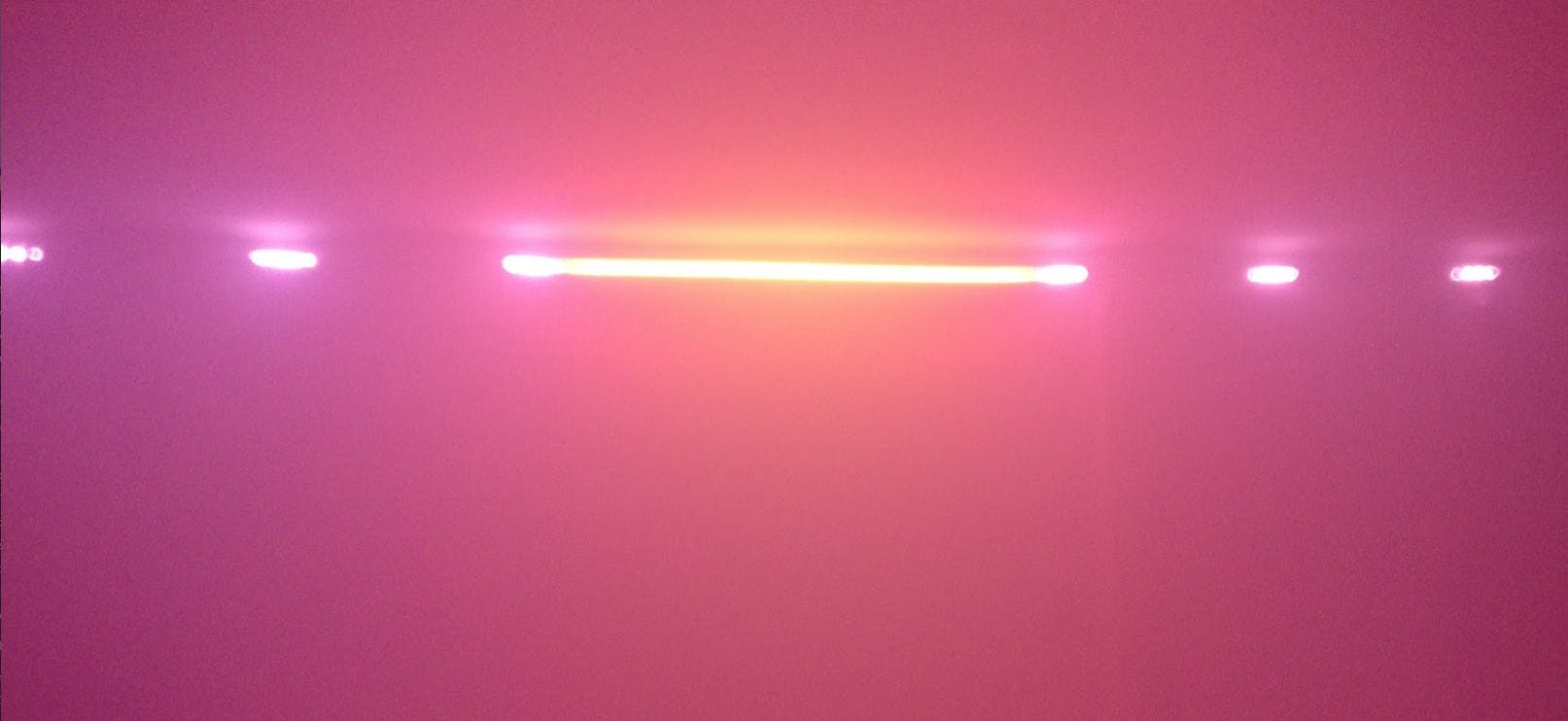This project developed a software that visualizes music in real time on a LED strip and provides over 20 self-developed real-time effects.
The software was implemented on a Raspberry Pi and can be mobile customized with an Android app.
The interface to Sonos allows to play predefined programs matching songs in your own network.
Technologies used
The following technologies were used for this project:
- Raspberry Pi (https://www.raspberrypi.org/): The Raspberry Pi is a small, inexpensive computer that can be used to develop hardware and software projects. It was used to perform the music analyses in real time and display the results on the LED strip.
- Python (https://www.python.org/): Python is a powerful programming language suitable for many applications, including developing software projects for the Raspberry Pi. It was used to implement the music analytics and the control of the LED strip.
- LED strip with 240 LEDs (https://www.adafruit.com/category/168): The LED strip was used to visually display the results of the music analyses. It consisted of 240 LEDs placed along a flexible strip.
- Android App (https://developer.android.com/): The Android app was developed to allow mobile customization of the software for the project. It connects to the Raspberry Pi via Bluetooth and allows users to select different settings and effects.
- Adafruit Neopixel (https://github.com/adafruit/Adafruit_CircuitPython_NeoPixel): The Adafruit Neopixel library was used to simplify the control of the LED strip. It includes functions to initialize and control the LEDs, making them easier to use.
- Sonos API (https://developer.sonos.com/): The Sonos API was used to play predefined programs matching songs on its own network. It made it possible to integrate the functionality of Sonos speakers into the project.
Technical implementation
For the technical implementation of the project, the Raspberry Pi was used to analyze the music in real time and display the results on the LED strip. The analysis of the music was implemented using Python code, which used various algorithms and functions to analyze the music frequencies and display the corresponding colors and patterns on the LED strip.
To simplify the control of the LED strip, the Adafruit Neopixel library was used. It contains functions to initialize and control the LEDs, making them easier to use.
The Android app was developed to allow mobile customization of the software for the project. It connects to the Raspberry Pi via Bluetooth and allows you to select different settings and effects.
The interface to Sonos was implemented using the Sonos API. It made it possible to play predefined programs matching songs in one's own network.
Overall, the project was successfully implemented and more than 20 self-developed real-time effects were realized on the LED strip.
- Lines of code
- 4,859
- Effects
- 20
About me
I'm a software developer from Germany. I've been working with software development for more than 12 years. I'm passionate about technology and I love to learn new things. I'm currently working as a senior software developer at a company called "Engel & Völkers Technology".
